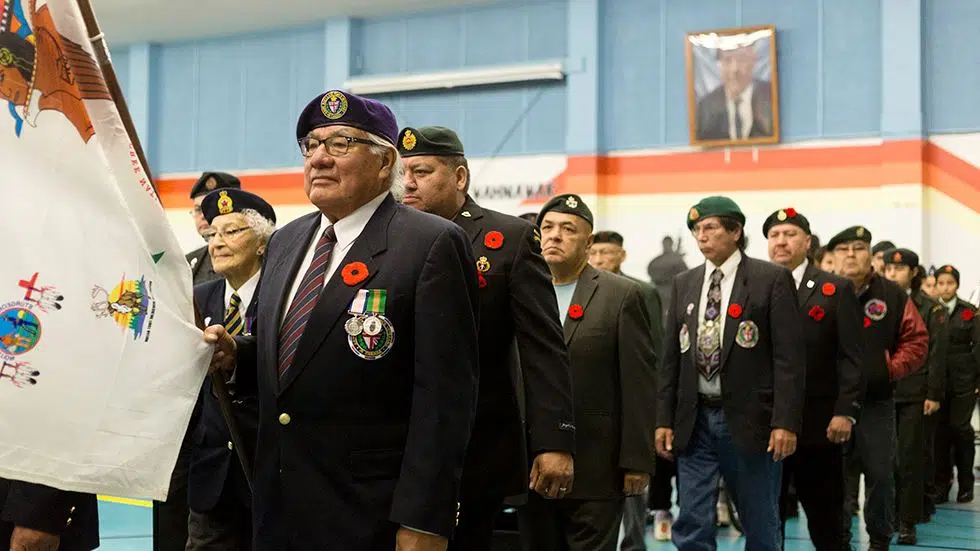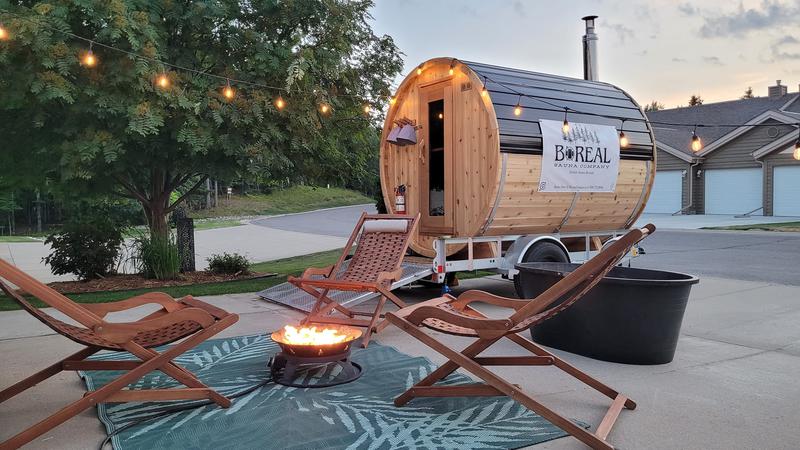
Dakota people in Canada working toward Treaty negotiations
A Saskatchewan Dakota Nation recently entered into a framework agreement with the federal government; now other Dakota nations are looking to do the same in the future.
On Jan. 22 the Whitecap Dakota First Nation near Saskatoon entered into a framework agreement with the Ministry of Indigenous-Crown Relations. The day was marked with speeches by Chief Darcy Bear and Minister Carolyn Bennett, and capped off with a signing of the agreement by all parties.
Wahpeton Dakota Nation Chief John Waditaka was present during the press conference; Bear asked him to attend a day before the meeting.
Waditaka said he and his councillors will be meeting with officials from the federal government at the end of the month to begin discussing how their nation can move forward.


